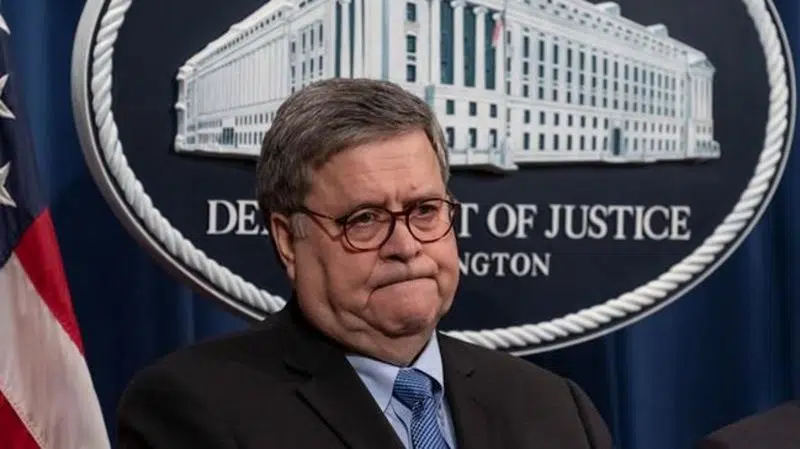
US officials cite deterrence to defend lethal drone strike
WASHINGTON — For all of the Trump administration’s insistence that the threat of an “imminent” attack led to the American drone strike on Iran’s top general, U.S. officials behind the scenes say the strike was motivated as much, if not more, by a broader effort to rein in a dangerously emboldened Iran.
Secretary of State Mike Pompeo and Attorney General William Barr gave voice to the broader rationale on Monday, saying deterrence was a key component of the strike. But they, like other U.S. officials interviewed by The Associated Press, stopped short of saying definitively that no specific plot was broken up.
Still, the shifting rationale has raised questions about the nature and credibility of the threat posed by Gen. Qassem Soleimani, the architect of a decades-long reign of terror in which Iranian proxy fighters killed hundreds of Americans and contributed to the deaths of hundreds of thousands in the region. Critics of President Donald Trump’s decision say he should have consulted Congress before taking an action that brought the United State and Iran to the brink of war.
Nine Senate Democrats on Tuesday demanded a new classified briefing from the nation’s top intelligence official seeking specific evidence underlying Trump statements that Iran was planning imminent attacks on four U.S. embassies.
